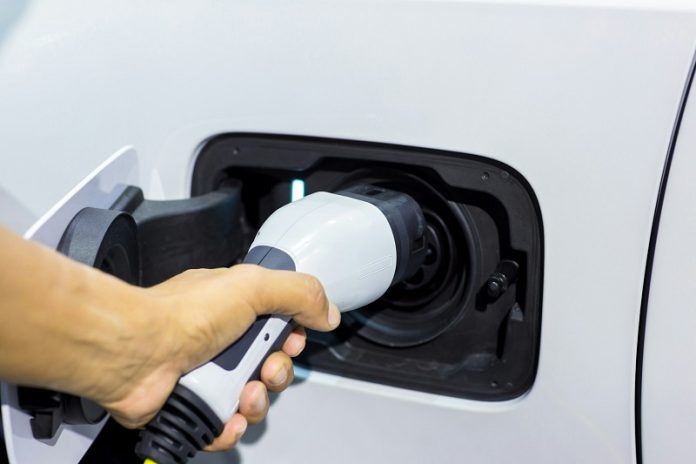
A team of engineers at Cornell University has made a major leap in battery technology, creating a lithium battery that can charge in less than five minutes.
This innovation could be a huge step forward in the world of electric vehicles (EVs), potentially wiping out the fear of running out of power on long trips, a concern commonly known as “range anxiety”.
Many people hesitate to switch to electric cars because they worry about not being able to travel long distances without stopping for a lengthy recharge.
This new battery, developed by the team led by Lynden Archer, a distinguished professor at Cornell Engineering, could change all that.
With the ability to charge an EV in about the same time it takes to fill up a gas tank, drivers would no longer need to stress about running out of juice on the road.
The details of this breakthrough were published in the scientific journal Joule, with the lead author being Shuo Jin, a doctoral student.
Lithium-ion batteries, the kind currently used in most electric vehicles and smartphones, are known for being light, efficient, and reliable. However, their major downside is the long time they take to charge.
To tackle this, the Cornell team shifted their focus to the kinetics of electrochemical reactions – the processes that occur when the battery charges and discharges.
They used a concept called the “Damköhler number,” which is a way to measure how fast these chemical reactions happen in comparison to how quickly the material needed for the reaction is brought to the reaction site.
The big revelation was the use of indium as an anode material in the battery. Indium, a soft metal primarily used in touch-screen displays and solar panels, was identified for two key reasons: it has a very low migration energy barrier, which means ions can move quickly within it, and it has a moderate exchange current density, which refers to the speed of ions changing at the anode.
The combination of these two factors allows the battery to charge quickly while still holding a charge for a long time.
Aside from easing range anxiety, this battery technology could reshape the electric vehicle market in other ways. If cars can be charged quickly, they might not need as large batteries to ensure a long range.
This reduction in battery size could lead to cheaper electric vehicles, making them more accessible to a broader range of consumers.
The Cornell team’s innovative approach to battery design, which previously focused on creating safer, long-lasting anodes, has paved the way for this exciting development in fast-charging technology.
The use of indium, with its unique properties, demonstrates the potential for further advancements in battery technology, moving us closer to a future where electric vehicles could become the norm, thanks to their convenience and environmental benefits.
This breakthrough not only promises to make electric vehicles more practical for everyday use but also represents a significant step towards reducing our reliance on fossil fuels and moving towards more sustainable forms of transportation.
Source: Cornell University.



